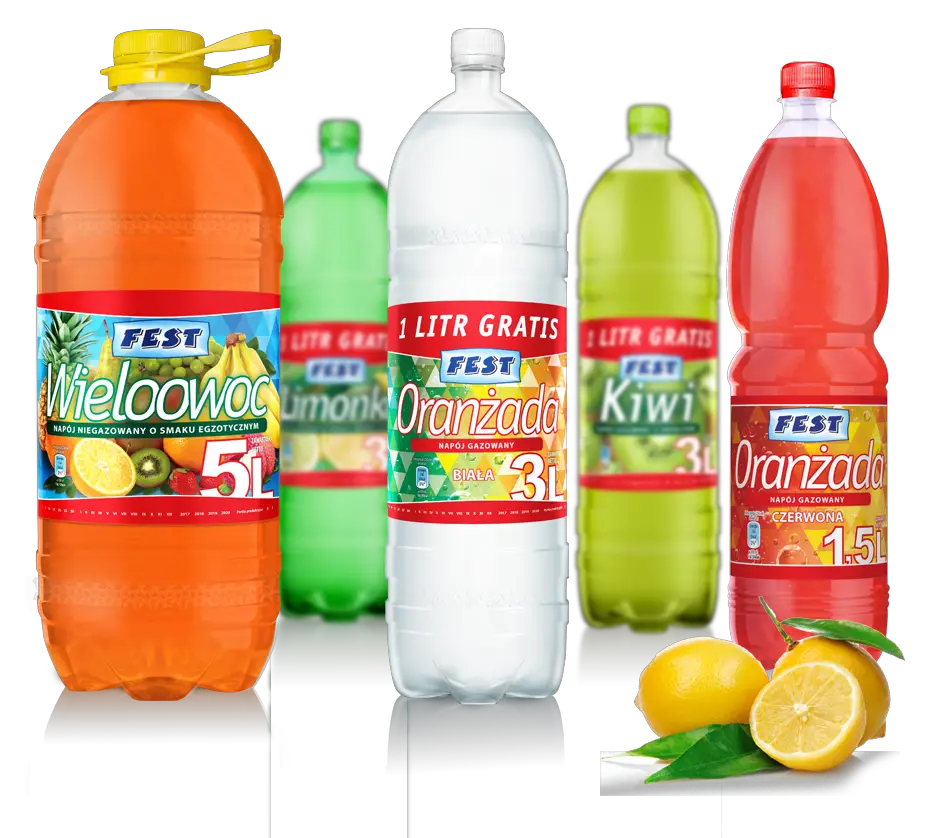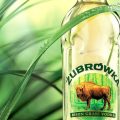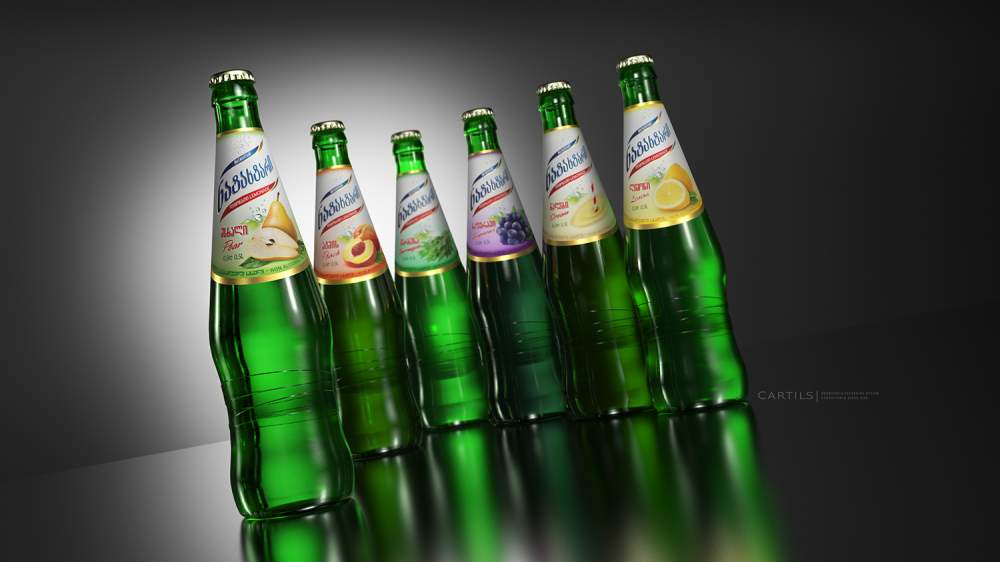Oranżada is a sweet, traditionally orange-flavored drink that traveled from France to the Polish aristocracy during the 18th century. At the time of its inception, Oranżada contained only water, sugar or syrup, and orange juice. Although addictive and delicious, today’s version, which contains ingredients typical of contemporary sodas, bears little resemblance to the 18th century original.
During the early 20th century many small-scale oranżada producers coexisted in Poland, many of which only distributed their products within a few blocks of manufacture. The drink was most commonly sold in a reusable swing-top bottle, which was meant to be returned, washed, and reused.
Slowly, Oranżada became mass-produced, and by the 1960s industrial manufacturers created a powdered oranżada which could be mixed with still or sparkling water — or eaten with a spoon. Oranżada now was often sold in plastic bags, which were pierced with a straw when ready to enjoy.
Oranżada is still a grocery store, and fondly remembered by many Poles who grew up under Communism as a childhood treat. The drink is still widely popular and exported.
What could be more thirst-quenching than an Oranżada disco?
How to make your own Oranżada (in Polish!)










